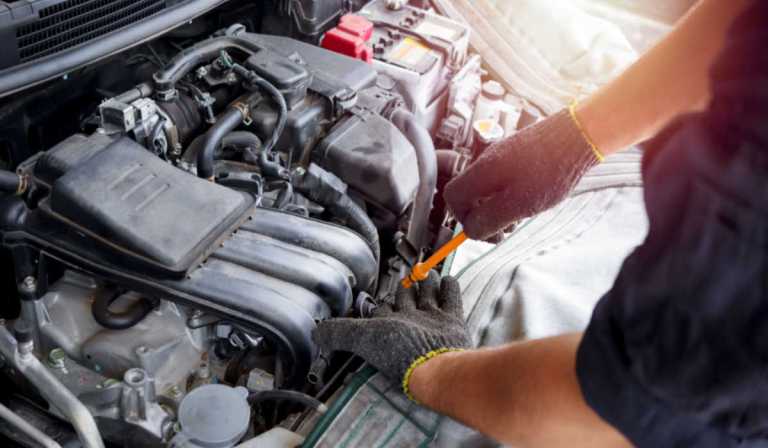Toyota Taps Stripe to Help Auto Repair Shops

Toyota has teamed up with Stripe on a program designed to simplify repairs for auto shops while also reducing their carbon footprint.
“The challenge for the automotive industry, and the many local mechanics that support it, is that it’s a lot more complicated to service a car than it used to be,” the payments company said in a news release issued July 20.
“The computerization of vehicles, along with the switch from internal combustion engines to hybrid or all-electric motors, has greatly expanded the range of repairs mechanics need to be able to perform.”
Meanwhile, many vehicles require costly, specialized equipment, which increases the capital costs of keeping an auto repair shop outfitted.
To deal with the situation, Toyota has created “Mechacomi” — a portmanteau of “mechanics” and “communications” — that lets auto repairs trade used tools and equipment.
“But connecting buyers and sellers is not enough by itself to make the platform work,” Stripe said. “Sales of used equipment are high-value transactions between parties that might only interact a single time. This results in complex processes, including features like escrow and seller deposits, which limit systemic risk at the cost of increased transactional complexity.”
To remove this financial friction, Toyota employed Stripe Connect, due to its ability to handle a platform business with many-to-many sales and money flow management. It let Toyota set up escrow services and seller deposits and develop bank transfer and credit card payment options to support the buying and selling preferences of its different user segments.
Read more: Data and AI Help Drivers Anticipate Future Car Repairs
PYMNTS looked at another innovation in the world of auto repairs recently in our profile of CarBeast, a mobile app that helps consumers diagnose current problems on their vehicle and anticipate future service.
Launched last month, CarBeast uses data from hundreds of millions of vehicle service records from dealerships, repair shops and service marketing groups. These records include things like the repairs and maintenance performed, the vehicle’s mileage at the time of service and the cost of the repair.
With those details, artificial intelligence (AI) can spot patterns and make predictions that are shared with customers via the app.